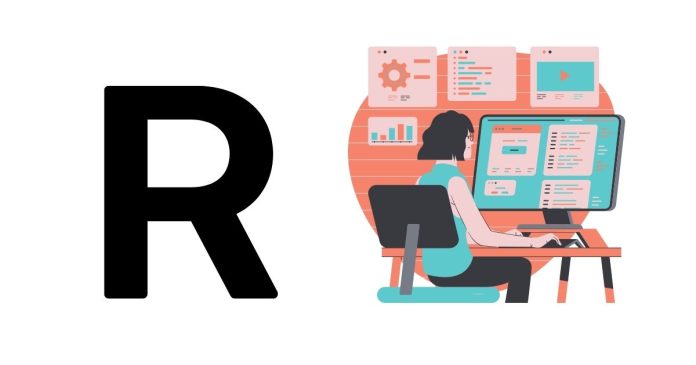R is a powerful programming language and environment widely used for statistical computing, data analysis, and visualization. Installing R on your system is the first step to exploring its capabilities. In this blog post, we’ll guide you through the process of installing R on Windows, macOS, and Linux systems, so you can start working with this versatile tool.
What is R?
R is an open-source language and software environment specifically designed for statistical analysis and graphical representation. It supports a vast array of packages and tools, making it a favorite choice among data scientists, statisticians, and researchers.
Steps to Install R
1. Download R
- Visit the official Comprehensive R Archive Network (CRAN): https://cran.r-project.org.
- Select the appropriate link for your operating system (Windows, macOS, or Linux).
2. Installation on Windows
- Click the “Download R for Windows” link.
- Select “base” and download the latest version of the R installer.
- Run the downloaded
.exefile. - Follow the installation wizard:
- Choose the installation directory.
- Select components (default is recommended).
- Complete the installation.
- Once installed, open R GUI or RStudio (if installed) to start using R.
3. Installation on macOS
- Click the “Download R for macOS” link.
- Choose the appropriate version for your macOS version.
- Download and open the
.pkgfile. - Follow the installation prompts.
- Launch R from the Applications folder or use it within RStudio.
4. Installation on Linux
For Ubuntu/Debian-based distributions:
- Open a terminal.
- Add the CRAN repository:
sudo apt update sudo apt install r-base - For other Linux distributions, follow the instructions on CRAN for your specific OS.
Installing RStudio (Optional)
To enhance your R experience, consider installing RStudio, a popular integrated development environment (IDE) for R. Download it from https://posit.co/downloads/.
Conclusion
Installing R is a straightforward process that unlocks a world of possibilities for data analysis and visualization. Once installed, you can begin exploring R’s powerful features by writing your first script or using it with RStudio. Dive in and start your data science journey today!


